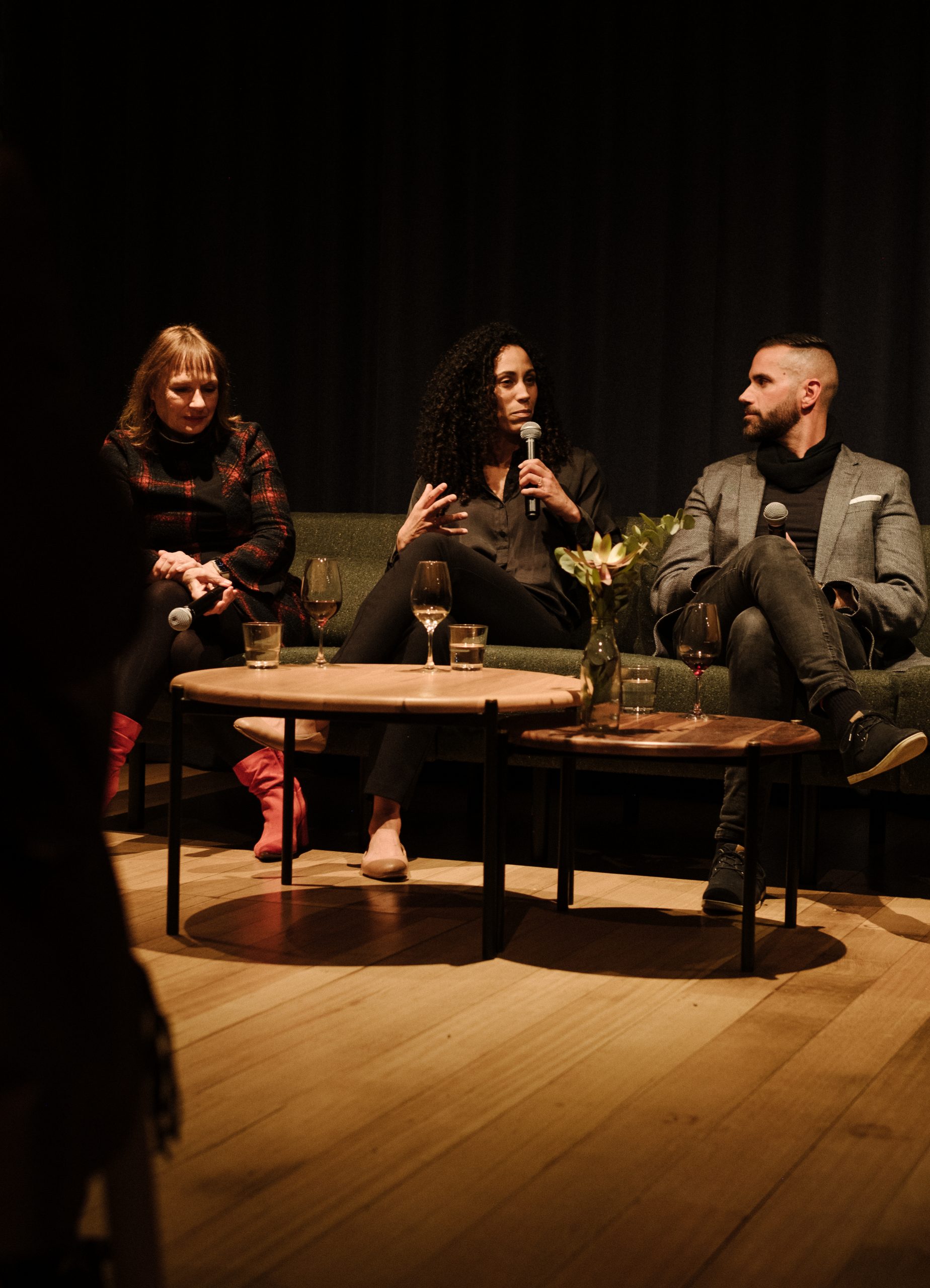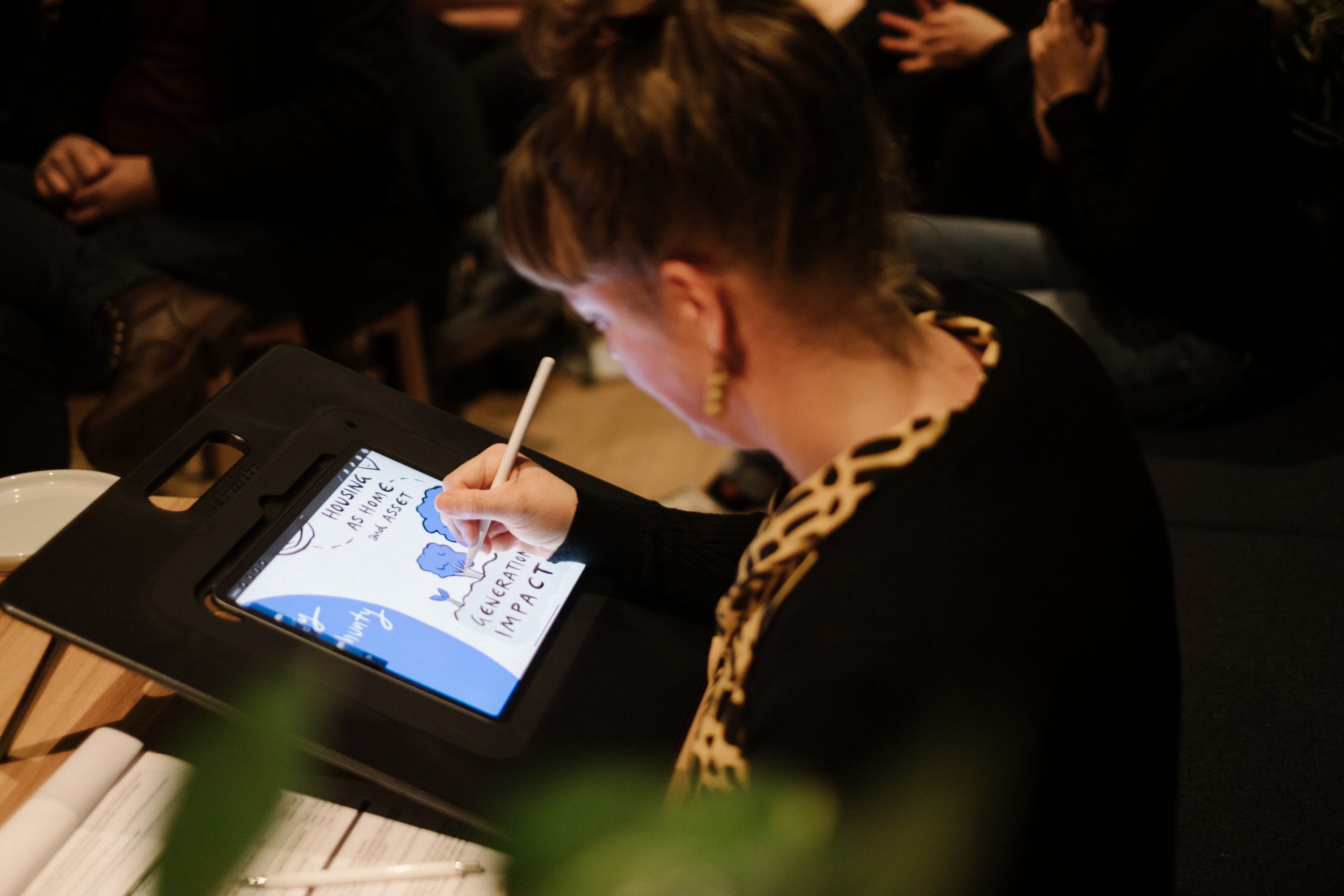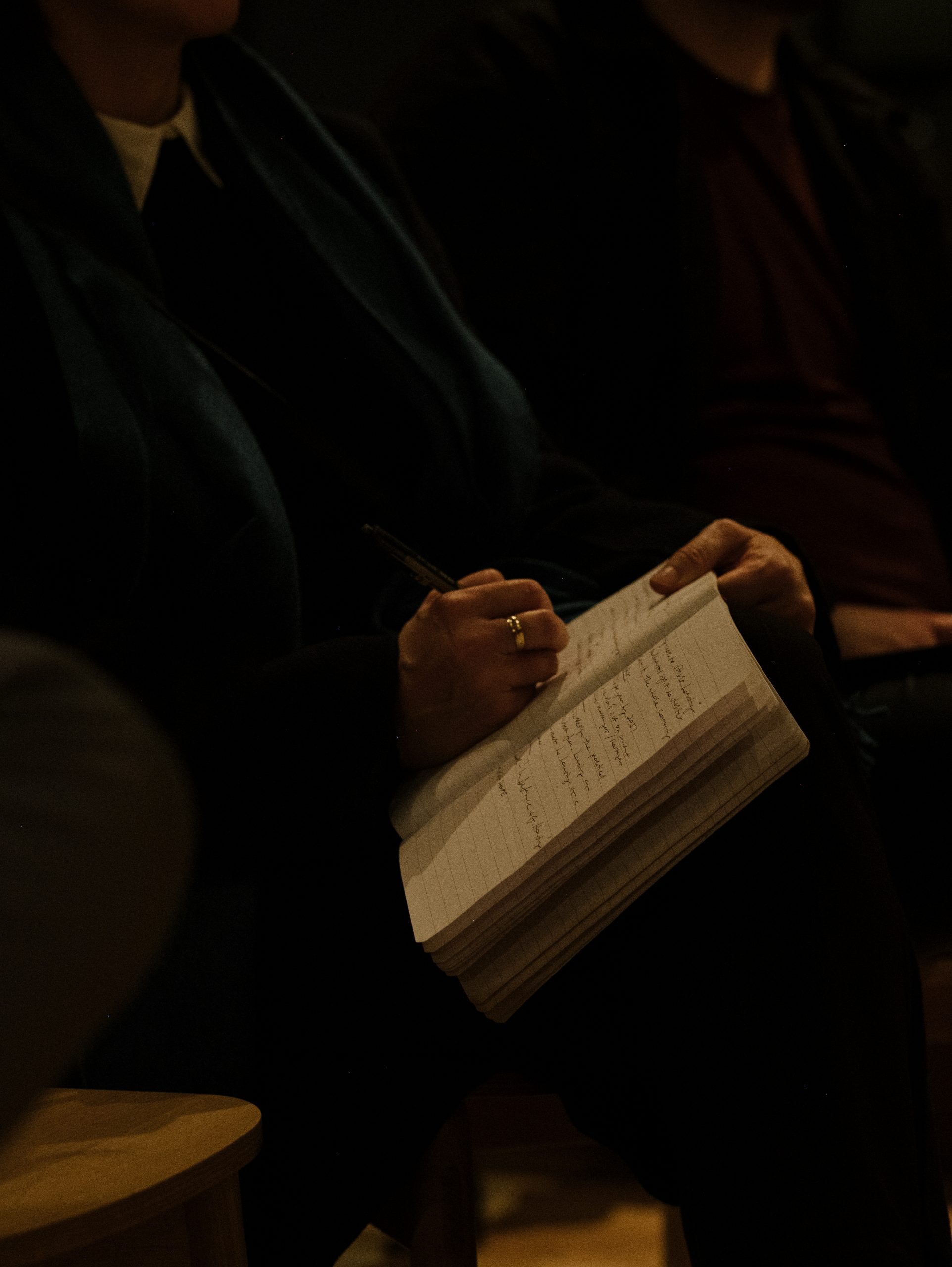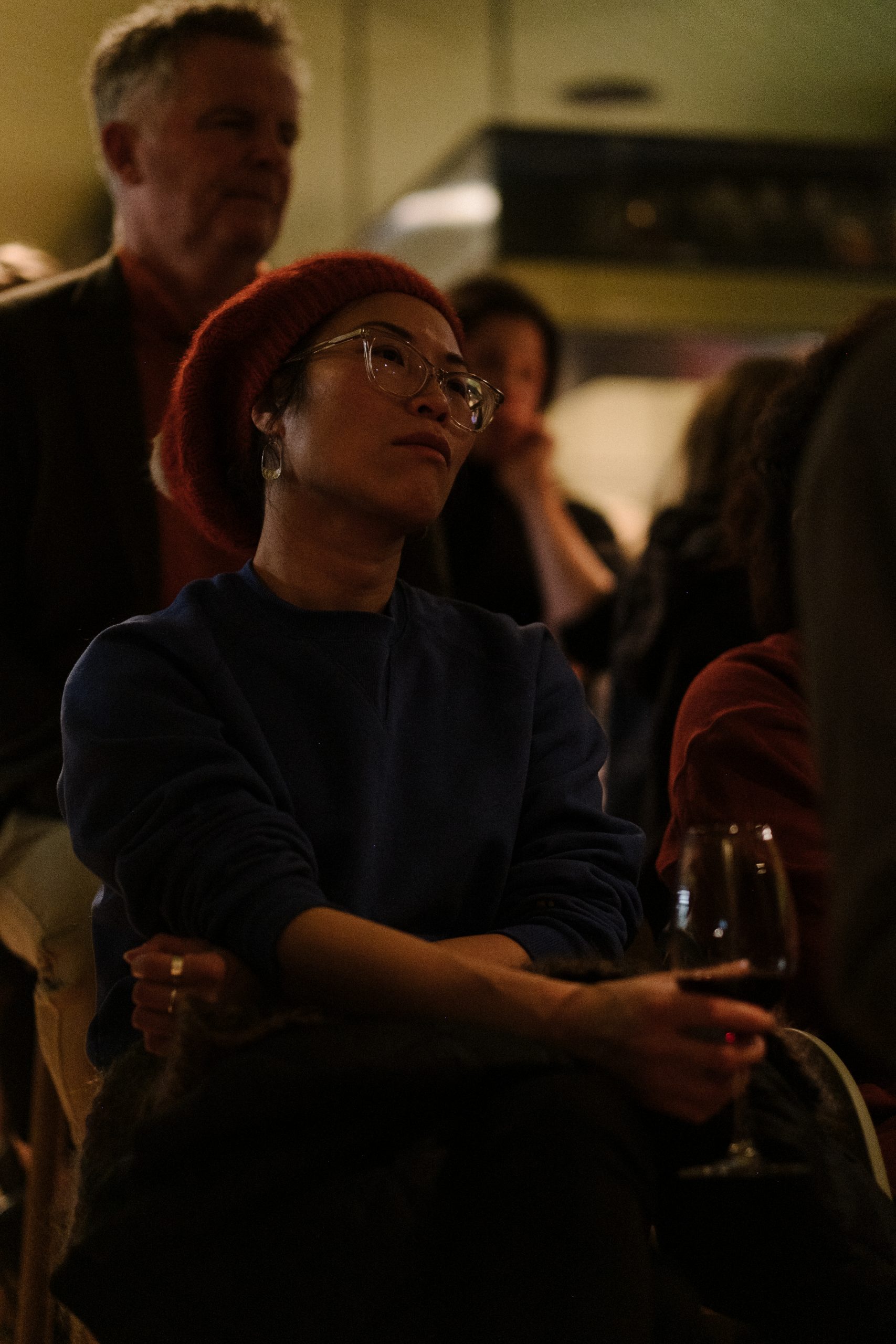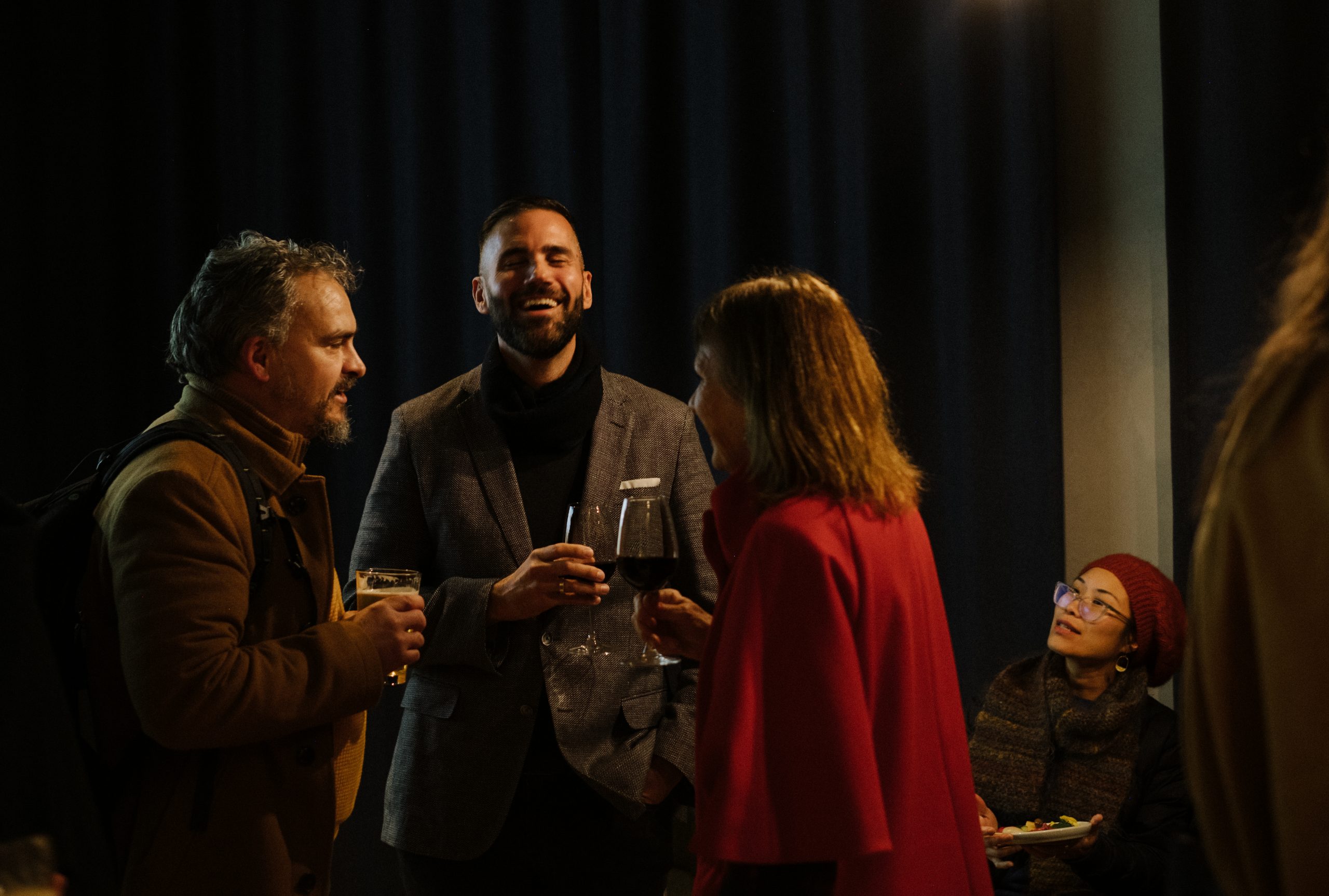Redesigning the Housing System: Part II
Australia’s housing system impacts different people in both advantageous and adverse ways – but how can we achieve a fairer system for all, and what promising solutions exist today to illustrate that change is possible?
As part of Melbourne Design Week 2023 presented by the National Gallery of Victoria, Assemble Papers brought together leaders across the housing sector to ask them: How can we redesign a more equitable system? In the second part of this reflective piece, our editor Sophie Rzepecky sat down in conversation with these change-makers in the housing field to discuss the possibilities to influence wider systemic change.
This retrospective interview has been edited and condensed for clarity.

Sophie: I’m interested in the perception of housing and the political imagination of housing as an asset. How can we influence or shift that? And does it need to shift to create more change?
Mary: It’s a funny thing in this country, isn’t it? The way we talk about housing. You could go anywhere in Australia and ask about interest rates and people pretty much know what they are. Everyone’s always speculating about property; what suburb’s going to peak next? Which one is going to follow that one up? We know housing like other countries know their pension system or tech investments. We gamble on housing, and we know it as an asset.
For many of us, we should start to think of it as a “home” and I wonder whether that’s possible for our nation. Every policy leader at every level of government wants you to own your home as an asset and suspects that you will be economically better off if you do, which creates that impetus in the community to be able to own a home. But if we had a blank sheet of paper, would we design a system like that? Or would we start by imagining if everyone has a house full stop? If that’s how it goes, and everyone has a home, then the economic enablement follows from having a roof over your head.
To engender a system change, I’m not sure that it’s possible. It’s certainly possible to work around it and to imagine housing as a human right but act like an investor in that way as there are huge economic benefits that come to a system from everyone being in a home. Let’s think about how we talk about that as an investment proposition – perhaps “talk like a Capitalist, think like a Marxist”. That’s the happy ground to be reached here I believe.
“But if we had a blank sheet of paper, would we design a system like that? Or would we start by imagining if everyone had a house full stop?”
Mary Delahunty, former Head of Impact at Super Housing Partnerships
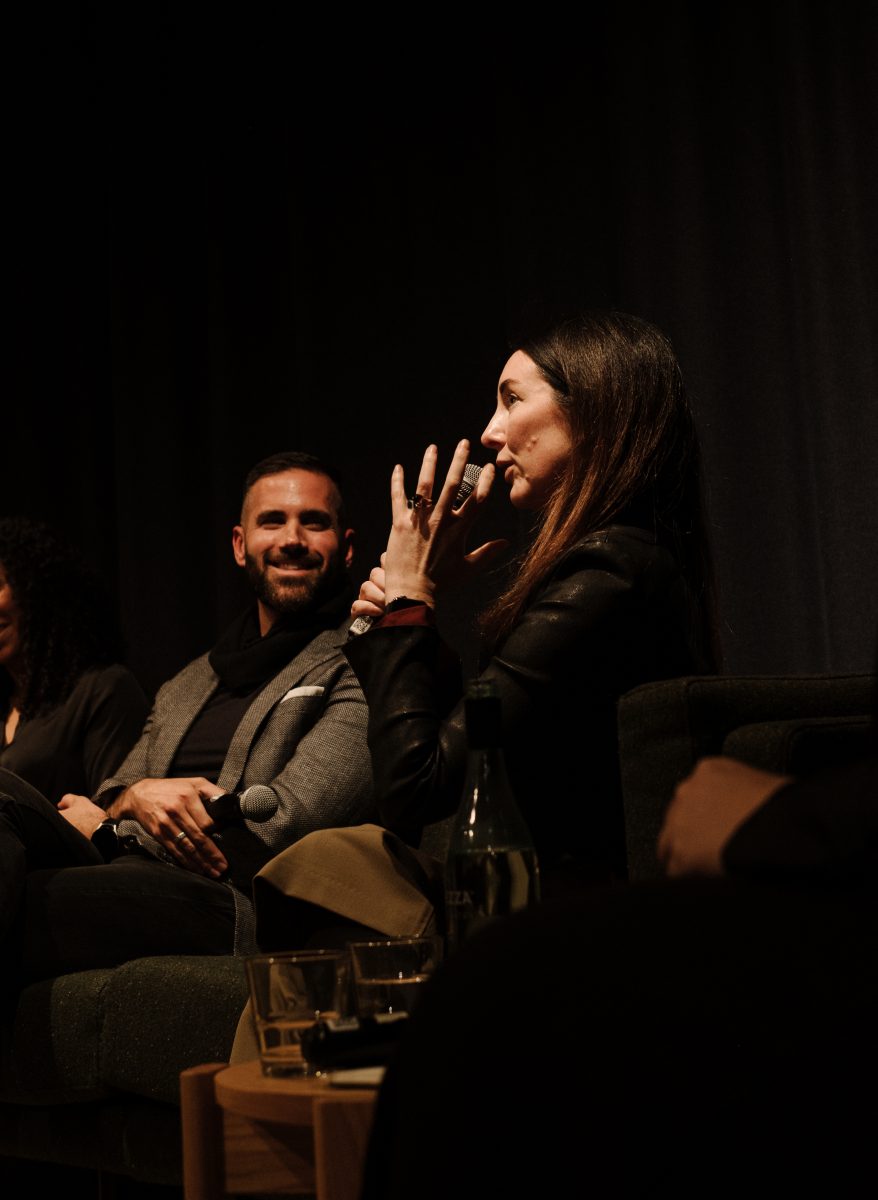
Sophie: Steven, is it important for you that we redefine how we think about homes also for your clients?
Stephen: Yes, absolutely. One of our mottos is “a home is the foundation from which we be build happy and fulfilled lives” and that is always with us. And guess what, one of the key determinants to whether you and your family are going to be poor? It’s whether you own a home. For Head Start Home and our vision statement is a “safer and stable home for everyone, with fair and practical pathways to home ownership” in order to help to end intergenerational poverty and homelessness. We really need to be doing more in relation to how we do that and how we think about that. If you are poor or poorer, it’s a lot harder for you to get into home ownership as there are more barriers.
Additionally, if you’re in a society which says to you that you never have that opportunity to equal access; how does that make you feel as a participant in that society? It doesn’t make you feel good at all. From my perspective, it’s not like its rocket science as we’ve done this before. My grandparents grew up in social housing and my grandfather fought in the war. Back then it was seen as a social good for people when they came back from war to move into social housing as a pathway into home ownership. Social housing wasn’t only for very poor people. It was a legitimate pathway into home ownership and so we can absolutely reimagine the system, and I believe the key determinant to that is hope and hanging onto that.
Being hopeful for systemic change and for those people experiencing housing insecurity, and letting them know they can do it and that there are pathways to accessing a home of their own.
Sophie: I would extend the same question to you Charlotte. How could “home” be reimagined and how might that help with your collaborations with the private sector?
Charlotte: I think it’s almost reimagining what “home” and what “housing” is right now. There’s a lot of conversations around bringing more housing into the system, and that’s fantastic as we do need more. Although there’s less conversations around looking at what are the more stable housing opportunities for people.
I believe we need more homes, but running parallel to that is a greater focus on building capacity and focusing on outcomes for residents instead of just focusing on the quantity of housing into the system. If we keep focusing on how many houses are going to get into the system and the quantity of the yield, we won’t be able to see any type of systemic change needed to produce more stable housing outcomes for people.
Our country will be building more homes now and there’s more investment in housing than we’ve previously known, but our waitlists are still increasing year on year. We need to refocus how can we work with these people and residents to build their capacity; not just inside the home but outside of the home too. That way we’ll be able to get out of that endless cycle of just people churning through the different channels and levels of the housing system.
From my perspective, it’s about changing the focus to delivering housing that considers the end user in its design and delivery. In Victoria alone there’s 10,000 people on the wait list for a priority transfer given their current housing is unsuitable or being outgrown. We can continue to build more houses but we’re not going to see systemic change needed until we consider the purpose and occupants of these home.

“From my perspective, it’s about changing the focus to delivering housing that considers the end user in its design and delivery.”
Charlotte Dillon, General Manager of Housing at YWCA
Sophie: Jeanette, did you want to touch on Charlotte’s point of building people’s capacity outside of the home?
Jeanette: For some women a home is what’s needed. For others there’s profound and complex issues where they do require support services too. The difference these support services contributes to their lives is incredible and so is the generational impact that it can make in their children’s lives too. Some of the most wonderful outcomes from our projects and the associated support services is seeing children of these households leave for university and knowing they’re not going to need social housing or approach homelessness services in the future. And to what Mary said, the economic importance to all of us in our society is that if we’re providing affordable, safe, secure housing for people is to the benefit of all of us. It is an absolute no brainer for me, but we don’t seem to be achieving this.
Charlotte: As a community housing provider, we are social landlords and that means that we’ve got these responsibilities and duties beyond just the provision of bricks and mortar. If we start to work in partnership with our residents, then we’ll be able to support them to achieve positive outcomes. Not just positive housing outcomes, but those individual outcomes that can start to target the structural drivers of housing instability around health, wellbeing, safety, security and participation.
For us at the YWCA, we did an internal self-reflection on the way that we build and operate housing to see if it really enables any type of structural change or impact. These women are moving into social and affordable housing with so many different barriers, traumas and complexities that they’re dealing with. Just giving them a house is not going to break the cycle a lot of the time.
We found that we were missing the mark on the impact uplift being achieved and so we ended up developing the Women’s Housing Framework. This framework provides practical actions that community housing providers can take to deliver on their duty as a social landlord and includes clear guidance around best practice approaches to designing, acquiring, and operating housing for women in a manner that addresses the disadvantage that leads to housing instability.
Audience: I work in architecture, and I really want to be able to get more involved in these kinds of initiatives. What are the opportunities to get involved in each of your work and in helping to get the whole industry to kind of shift its lens to what you’re doing?
Mary: I’ve got a challenge for you I suppose that takes your knowledge of how the housing system works from an architect’s perspective and perhaps challenges it to see how we along this couch see it as a genuine supply-side issue. By that I mean do not be fooled or do not put up with any solutions that come to you and expect you to pay for your own personal issues that the system has given to you. It’s not your problem to fix, it’s ours.
What we need from people who understand and work within the system is a thorough understanding that this is a supply-side issue. As in we need more houses that are intentionally delivered to the people who don’t have them and who cannot get access to them. We need people like you in architecture, in town planning, in property development; we need everyone industry-wide to be frank about the fact we won’t accept demand-side solutions anymore to supply-side issues. Please expect that of your policy makers, your peak bodies and from anyone that you’re dealing with within the industry.
Charlotte: From an architect’s perspective, I think it’s important to understand the sector that you want to be working in and who you’re designing for. We work with commercial architects who instead of getting to know the tenants and who they’re designing homes for, they come to us with designs of what they want to build.
If you’re designing for people in community housing, you need to consider the different intersections and complexities of the people living there. It’s not just about gender-specific design, it’s about what they’re moving into the property with and coming up with innovative, purposive design solutions to make these communities fit for purpose and to blend in with the neighbourhood.
Jeanette: For everyone across our industry and in our communities, we need to advocate very, very strongly for safe, secure, affordable homes for all and to make it clear to our politicians that we will not accept anything else. We really need to make sure that politicians know that they will not have people voting for them if they’re not making housing a priority.
Housing for all in our society, no matter what level, must be a priority and people turning up to events like this is fantastic so that we can share our work and our insights. Keep spreading the word out there as much as you possibly can because that’s what we need. I’ve been working in the community housing sector for quite some time and greater traction and word of mouth is what we need.
Mary: I’m hopeful for systemic change and I think if we worked together and figure out the changes that are needed, then this can be done. But make no mistake, it must be done on our generations watch. We cannot have this anymore and we cannot have the faces of homelessness being women who have raised the taxpayers of this country.
Audience: You mentioned that it’s a supply-side issue, but it was also spoken about as being a “quality over quantity” issue. How do you go about delivering quality homes at scale that balances today’s housing quantity needs with homes that are energy efficient and have less embodied carbon? In my mind, capital goes to the most efficient allocation, and this seems costly or unviable.
Mary: Capital likes to go where it is most efficient, but capital also can be insistent on what that efficiency and value looks like. What capital might look like capital is doing is trying to find the highest return – but it’s not finding the highest return for tomorrow, it’s finding the highest return for your 30-year investment horizon.
Your insistence on there being environmentally sensitive design is not because you are good people necessarily, it’s because you understand that that’s how your value is driven over the long term. You need climate mitigation in your buildings, you need them to be operating energy efficiently, you need them to understand their carbon footprint and to drive down carbon emissions because that’s the way the world is going – and you need to retire into that world. I believe you can be quite insistent on the outcome of how those buildings are being built.
Charlotte: I think the model of temporary use of buildings is effective in getting properties online quicker than new builds – but this model needs to occur in an ecosystem of solutions. It’s not a one size fits all approach. There are prickles around the actual retrofitting of buildings and it can be used for a specific purpose, but it can’t be seen as going to solve the housing crisis. It’s there as a temporary fix and there’s a few quick wins you can get, but it can’t be looked at in isolation.
Jeanette: Twenty-five years ago, I sat in a forum where there were academics saying “Gee, there’s superannuation funds out there that could be investing in housing”. Well, here we are twenty-five years down the track and it’s positive that we’re seriously looking at it now and at scale because the problem remains is that we just don’t have enough housing.

This editorial was produced from a satellite event as part of Melbourne Design Week 2023, an initiative of the Victorian Government in collaboration with the National Gallery of Victoria.
Assemble Papers would like to extend our thanks to our participants, those who attended, the creatives involved in the event production, and the venue of Cassette in Kensington for playing host to our event.

